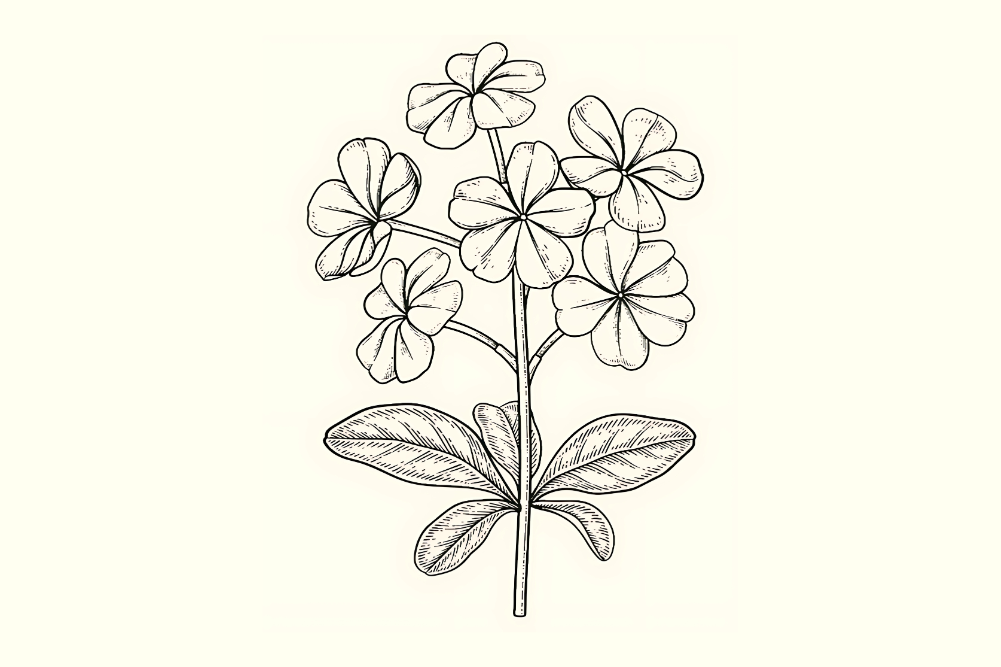Green Beat: Biodiversity, Solar Dominance & Healthy Neighborhoods
Supporting spiders
Spiders may be a little creepy but they perform vital ecological functions. They feed on flies, moths, mosquitoes and cockroaches, and eliminate parasites and many other vectors of disease in the process. A key to supporting spider populations is to maintain diversity in our tree species. For a new study, researchers had plots of ground each measuring 35 metres square. In each plot they planted 255 trees, but in one all trees were of the same species while in the others they planted between four and 12 different species. After two years they sampled 540 trees across the different plots, counting the spiders in each tree. They found that plots containing four to 12 different species supported either 23 per cent or 50 per cent more spiders than the single species plot. Climate change promises to increase disease-carrying insects and supporting spider populations is a sustainable way to fight that trend. Source: Ecology
The solar “tipping point”
Recent progress in developing renewable energy means that fossil-fuel dominated projections for the future are no longer accurate. Indeed, a new study has analysed data on global technology and economics to discover that we have crossed a “tipping point” that will inevitably see energy from solar photovoltaics (PV) as the dominant source of power before 2050. The momentum is such that this will happen even without more ambitious climate policies or instruments such as carbon taxes. The researchers say that instead of trying to make the solar transition happen, governments should instead focus on policies to overcome the four key challenges to solar energy. Those challenges are: creation of stable power grids (as solar power is variable), financing solar in developing countries, overcoming political resistance from regions that lose jobs and the capacity of supply chains to supply minerals needed for solar such as copper, nickel, cobalt and lithium. Source: Nature Communication
Green neighbourhoods, healthy cells
A new study has quantified how beneficial green spaces are for human health by looking at telomeres. Telomeres are sections of repetitive DNA found at the end of your chromosomes. Each time a cell divides the telomere becomes slightly shorter, and when it becomes too short the cell dies. That is why telomeres are valuable markers of biological age. In the new research, data on more than 7800 people was examined to see if there was a link between the length of their telomeres and where they lived. The researchers also accounted for variables such as lifestyle, health history and substance abuse. Analysis showed that the more green space that people had in their neighbourhoods, the longer their telomere. This was true regardles of race, religion, economic status and whether they drank alcohol or smoked cigarettes. Source: Science of the Total Environment







